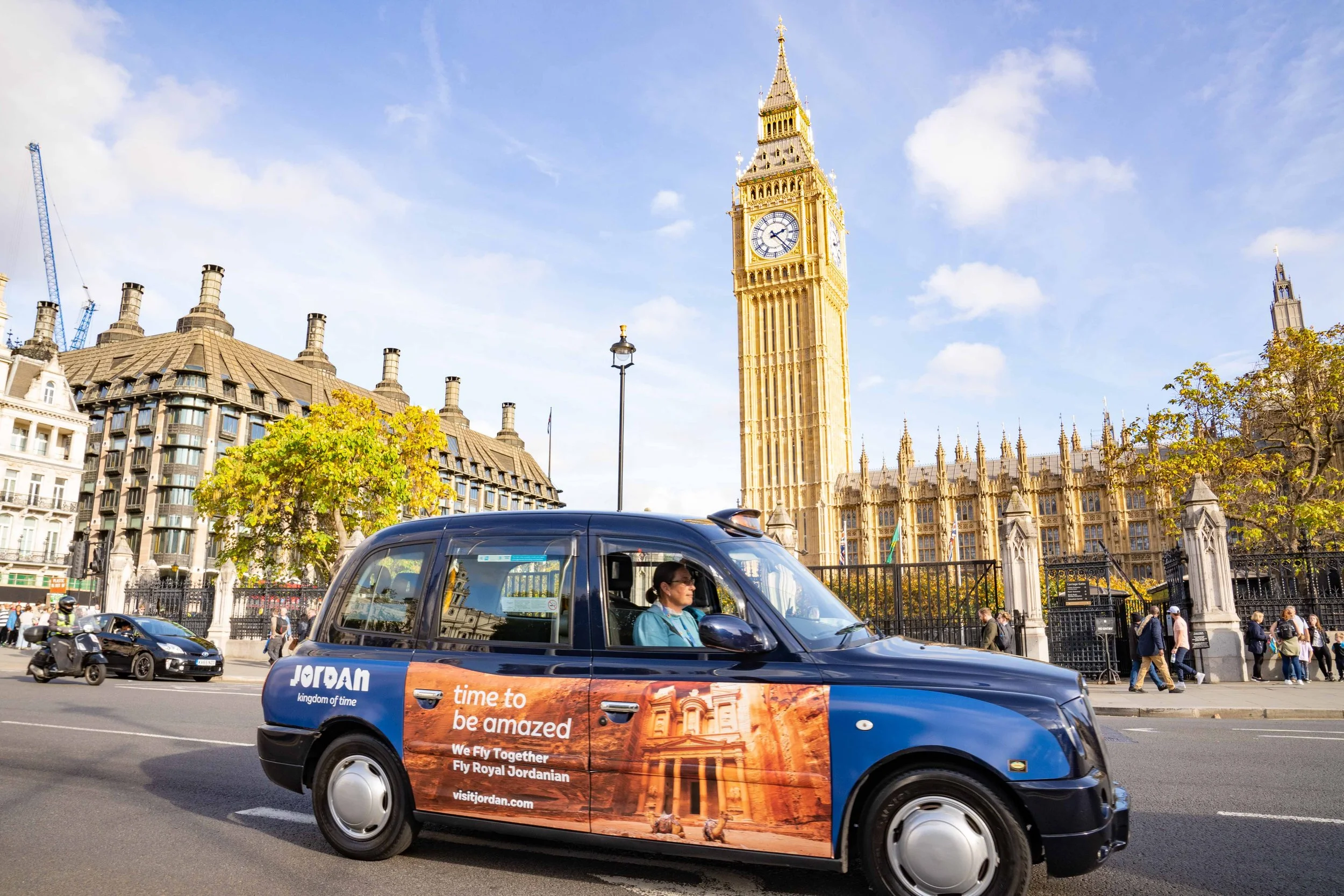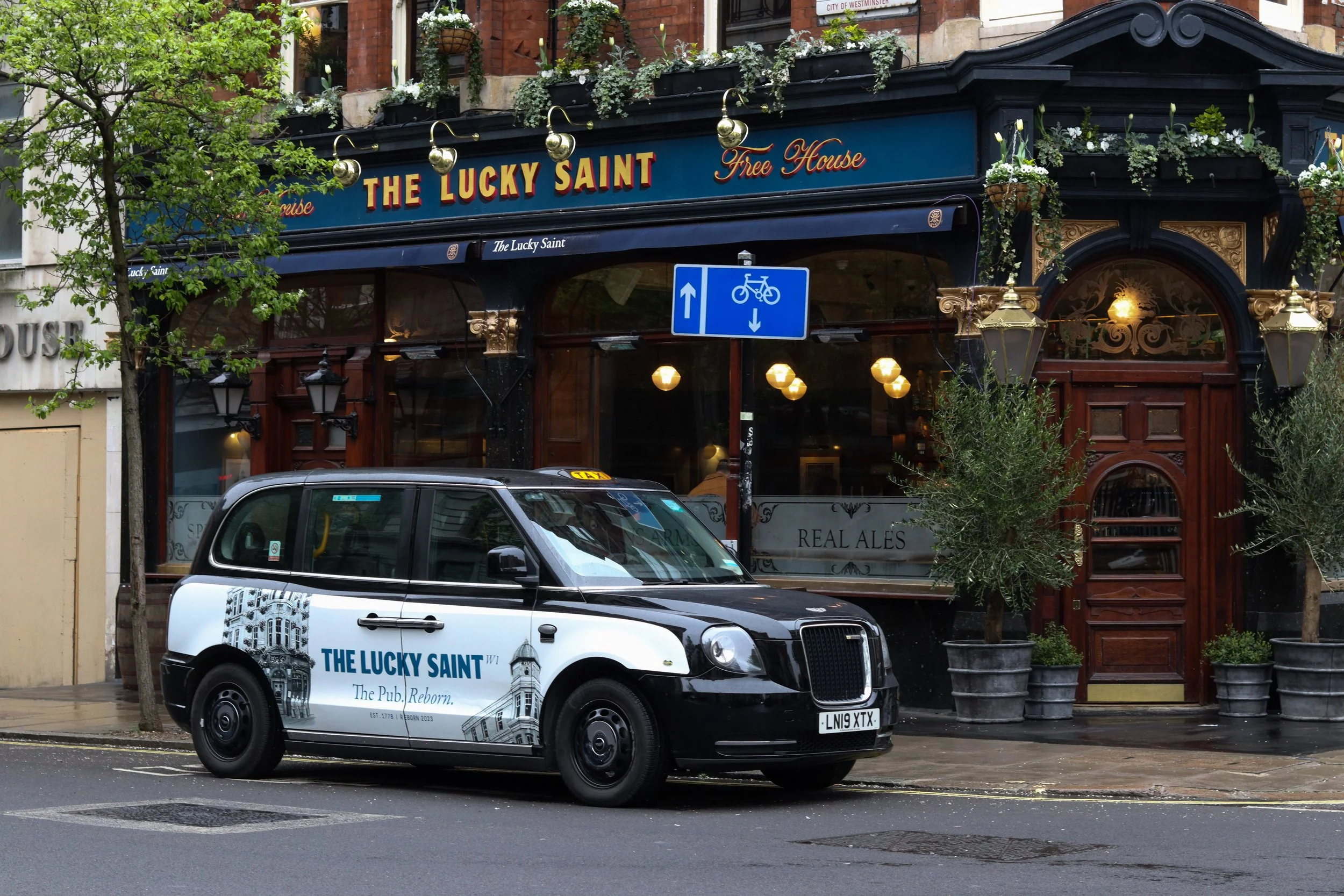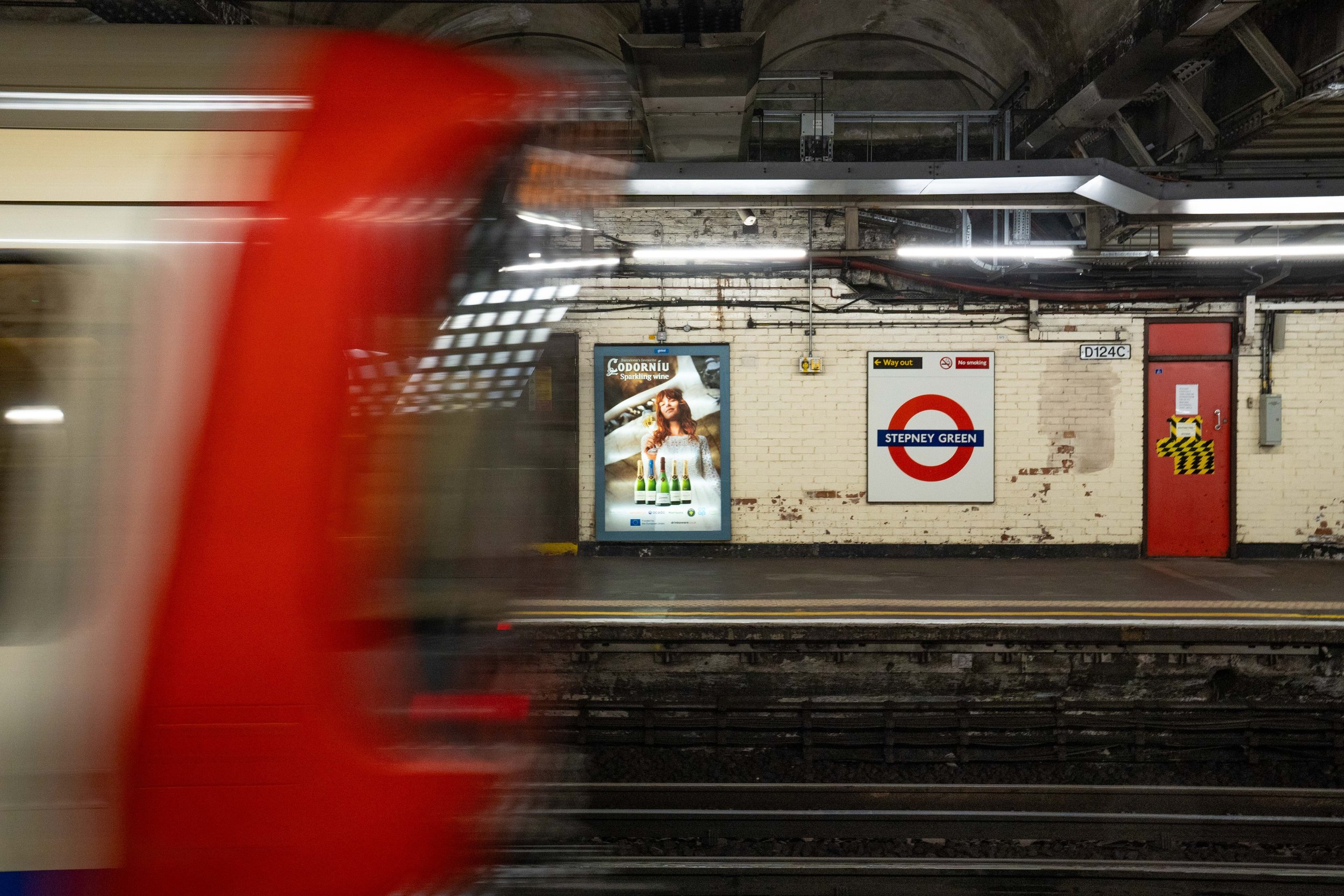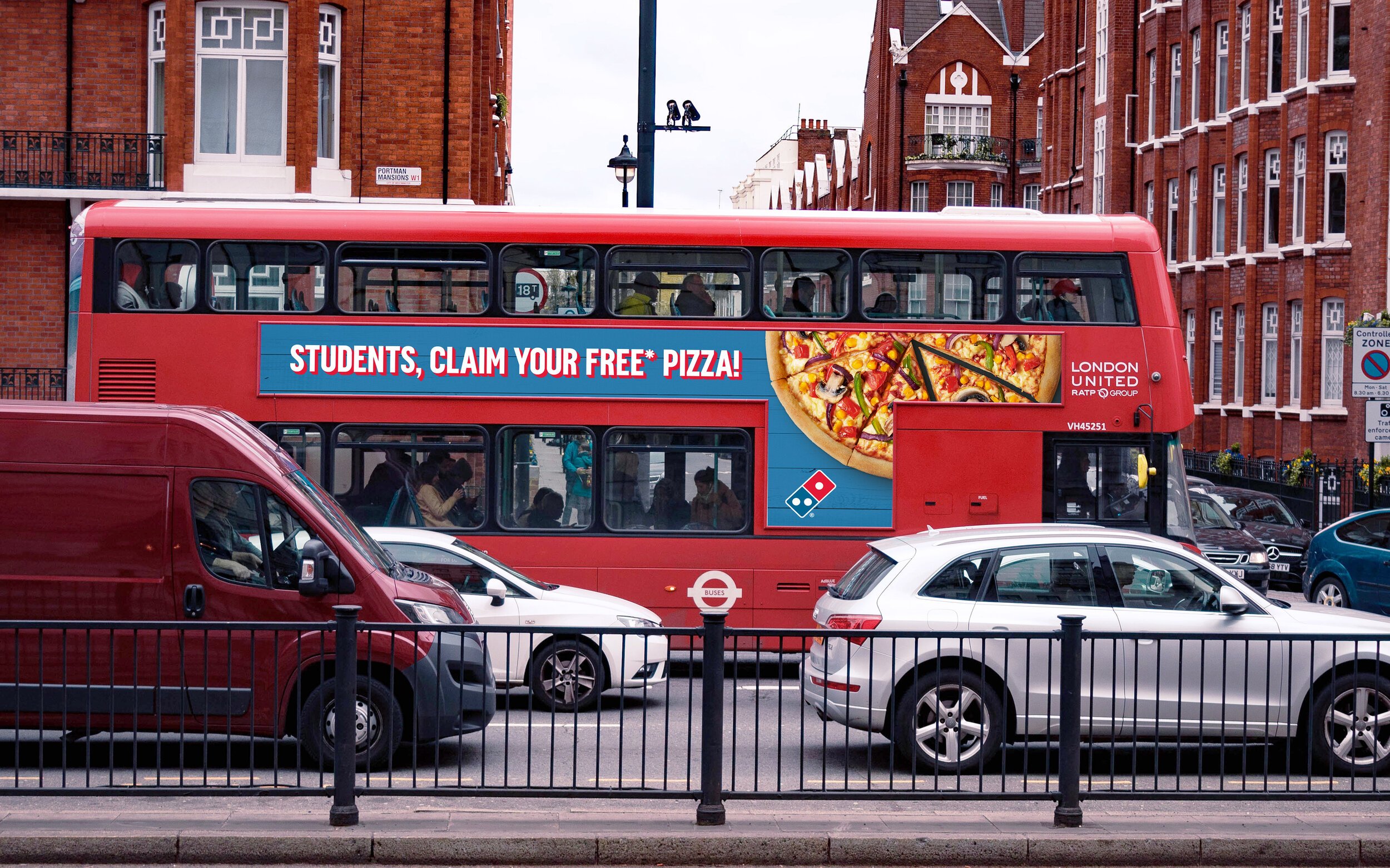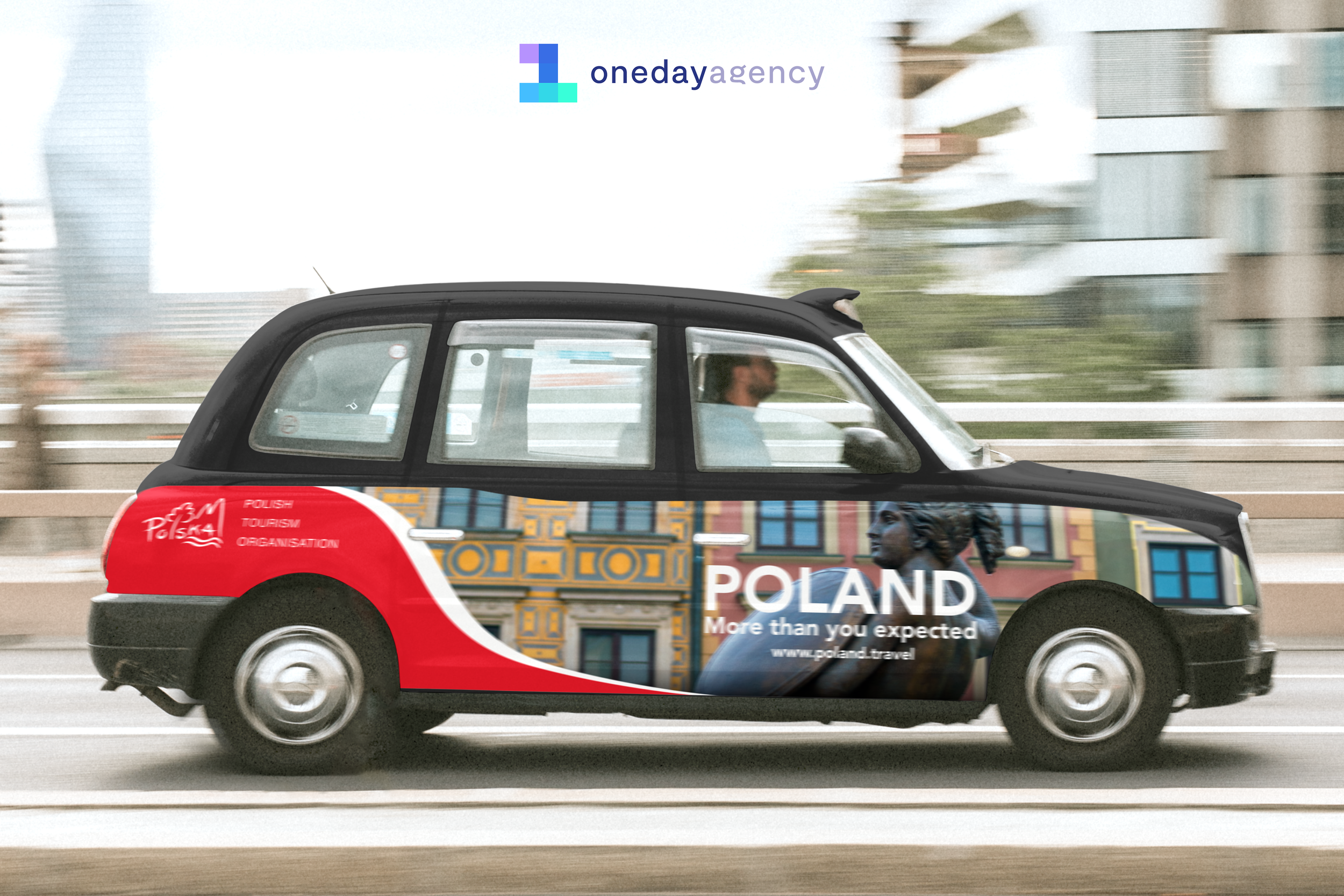Understanding Taxi Advertising Costs: A Comprehensive Guide
Key Takeaways
Taxi advertising costs depend on vehicle type (diesel taxis are cheaper than electric) and format: super sides from around £150 per taxi, full liveries from £1,000, partial liveries £750 and tip seats about £35.
Longer campaign durations and higher quantities reduce the cost per taxi; taxis offer mobility, high visibility at eye level and an eco‑friendly image that enhances brand perception.
To maximise ROI, focus on high‑traffic routes, monitor performance via route maps and trackers, and choose the right taxi type; agencies can negotiate rates, book the right mix and provide detailed reporting.
Taxi advertising is a dynamic and impactful way to promote your brand. Unlike static billboards or digital ads, taxis offer mobility, taking your message to various locations throughout the day. But how much does taxi advertising cost, and what factors influence these prices? This article delves into the specifics, helping you make informed decisions for your marketing strategy.
In this image, a Taxi Super Side.
The Basics of Taxi Advertising Costs
The cost of taxi advertising generally depends on the type and quantity of taxis you choose. There are two main types of taxis used for advertising: diesel taxis and electric taxis. While the pricing structures may vary slightly, the principle remains the same: the more taxis you book, the lower the cost per taxi.
Diesel vs. Electric Taxis: Key Differences
Diesel Taxis: Diesel taxis are the traditional vehicles often seen in taxi fleets. These vehicles typically have lower upfront advertising costs than their electric counterparts. However, they may have a smaller audience appeal due to environmental concerns.
Electric Taxis: Electric taxis are rapidly gaining popularity due to their eco-friendly nature. They often carry a premium for advertising because they are perceived as modern and forward-thinking. Brands that value sustainability may prefer electric taxis, even at a higher cost.
Cost Breakdown
Here’s a general idea of how taxi advertising costs can break down and here more information on each format:
Per Taxi Costs:
Taxi Super Sides starting at £150
Taxi Full Livery (Full Wraps) starting at £1,000
Taxi Partial Livery starting at £750
Taxi Tip Seats starting at £35
Factors That Affect Taxi Advertising Costs
Campaign Duration: Longer campaigns often come with discounts, making them more cost-effective over time.
Quantity: taxi advertising can be heavily discounted based on quantity.
Taxi Type: As mentioned, electric taxis tend to be more expensive due to their environmental appeal.
Why Taxi Advertising Works
Mobility: Taxis travel through different neighborhoods and reach diverse audiences.
High Visibility: Positioned on taxis, your ads are at eye level and hard to miss.
Brand Association: Advertising on electric taxis can enhance your brand’s image as environmentally conscious.
Experiential & Events
Taxi advertising goes beyond traditional campaigns; it can be a powerful tool for experiential marketing and event branding. Branded taxis can be customized inside to create memorable experiences, such as interactive displays or branded interiors. These taxis can also be used to pick up VIPs at events, enhancing the guest experience and reinforcing your brand’s image.
Additionally, branded taxis make excellent photo opportunities, serving as eye-catching props that generate organic social media exposure. Whether for product launches, conferences, or festivals, taxis can provide a unique and immersive branding experience.
Tips for Maximizing ROI
Target High-Traffic Areas: Ensure your taxis frequent areas with heavy footfall and vehicle traffic.
Monitor Campaign Performance: Taxis often come equipped with trackers, enabling brands to receive detailed reports on taxi routes and other metrics to monitor the campaign's performance effectively.
Choose the Right Taxi Type: Align your choice of diesel or electric taxis with your brand’s values and audience preferences.
Post Campaign Reporting
One of the key advantages of taxi advertising is the ability to track and analyze campaign performance through detailed post-campaign reports. These reports can include:
Route Maps: A comprehensive map showing all the taxi routes covered during the campaign, providing insights into geographic reach and audience exposure.
Time Spent Traveling: Detailed data on the time taxis spent traveling, offering valuable metrics on ad visibility and potential impressions.
Professional Photography: High-quality images capturing your ads on the taxis in real-world settings, ideal for showcasing the campaign's success in marketing materials.
Additional Metrics: Other valuable insights, such as peak exposure times and areas with the highest audience engagement.
Post-campaign reporting ensures transparency and helps brands evaluate the effectiveness of their investment, making it easier to optimize future advertising efforts.
How One Day Agency Can Help
As a media agency, One Day Agency specializes in media buying and planning to ensure your taxi advertising campaign delivers maximum impact. Our team provides tailored strategies, negotiates competitive rates, and selects the right mix of diesel and electric taxis to match your brand’s goals. Additionally, we manage the entire campaign lifecycle, from design and installation to monitoring and post-campaign analysis.
By leveraging our expertise, you can focus on your core business while we handle the complexities of taxi advertising. With our insights and data-driven approach, we ensure your campaign achieves optimal visibility and ROI.
Final Thoughts
Taxi advertising offers a flexible, high-impact medium for brands looking to reach broad audiences. While costs can vary based on the type and quantity of taxis, understanding the pricing structure can help you optimize your budget. Whether you opt for diesel or electric taxis, the key to success lies in aligning your campaign with your brand’s goals and target audience.

